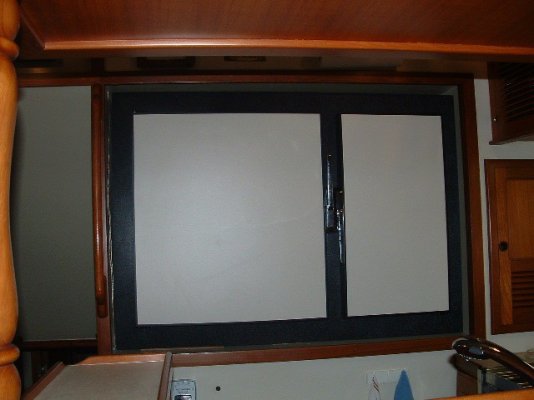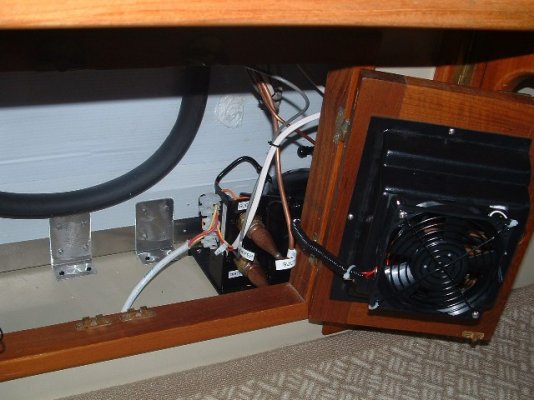<h3>*</h3><h3>
Lead-Acid State of Charge</h3><h4>
Here are no-load typical voltages vs state of charge</h4>
(figured at 10.5 volts = fully discharged, and 77 degrees F). Voltages are for a 12 volt battery system. For 24 volt systems multiply by 2, for 48 volt system, multiply by 4. VPC is the volts per individual cell - if you measure more than a .2 volt difference between each cell, you need to equalize, or your batteries are going bad, or they may be sulfated. These voltages are for batteries that have been at rest for 3 hours or more. Batteries that are being charged will be higher - the voltages while under charge will not tell you anything, you have to let the battery sit for a while. For longest life, batteries should stay in the green zone. Occasional dips into the yellow are not harmful, but continual discharges to those levels will shorten battery life considerably. It is important to realize that
voltage measurements are only approximate. The best determination is to measure the specific gravity, but in many batteries this is difficult or impossible. Note the large voltage drop in the last 10%.
<table style="width:400px;" border="1"><tbody><tr><th bgcolor="#ffffff" width="132">State of Charge</th><th bgcolor="#ffffff" width="132">12 Volt battery</th><th bgcolor="#ffffff" width="132">Volts per Cell</th></tr><tr><td width="132">100%</td><td width="132">12.7</td><td width="132">2.12</td></tr><tr><td width="132">90%</td><td width="132">12.5</td><td width="132">2.08</td></tr><tr><td bgcolor="#00ff00" width="132">80%</td><td bgcolor="#00ff00" width="132">12.42</td><td bgcolor="#00ff00" width="132">2.07</td></tr><tr><td bgcolor="#00ff00" width="132">70%</td><td bgcolor="#00ff00" width="132">12.32</td><td bgcolor="#00ff00" width="132">2.05</td></tr><tr><td bgcolor="#00ff00" width="132">60%</td><td bgcolor="#00ff00" width="132">12.20</td><td bgcolor="#00ff00" width="132">2.03</td></tr><tr><td bgcolor="#00ff00" width="132">50%</td><td bgcolor="#00ff00" width="132">12.06</td><td bgcolor="#00ff00" width="132">2.01</td></tr><tr><td bgcolor="#00ff00" width="132">40%</td><td bgcolor="#00ff00" width="132">11.9</td><td bgcolor="#00ff00" width="132">1.98</td></tr><tr><td bgcolor="#ffff00" width="132">30%</td><td bgcolor="#ffff00" width="132">11.75</td><td bgcolor="#ffff00" width="132">1.96</td></tr><tr><td bgcolor="#ffff00" width="132">20%</td><td bgcolor="#ffff00" width="132">11.58</td><td bgcolor="#ffff00" width="132">1.93</td></tr><tr><td bgcolor="#ff0000" width="132">
10%</td><td bgcolor="#ff0000" width="132">
11.31</td><td bgcolor="#ff0000" width="132">
1.89</td></tr><tr><td bgcolor="#ff0000" width="132">
0</td><td bgcolor="#ff0000" width="132">
10.5</td><td bgcolor="#ff0000" width="132">
1.75</td></tr></tbody></table>
-- Edited by FlyWright on Friday 2nd of March 2012 11:56:05 AM


